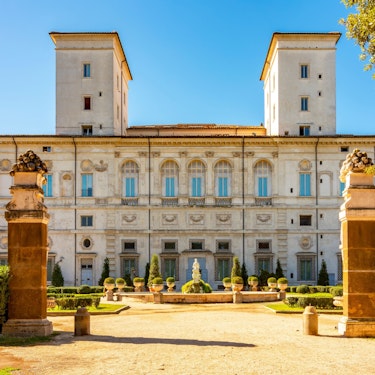More about: Borghese Gallery in Rome: Tickets and Tours
The Borghese Gallery is one of the most renowned art galleries in the world for its gems by Bernini, Raphael, Botticelli and Rubens. Is it worth a visit? Of course, and not only for the works it contains but also for its incomparable location in the Villa Borghese Gardens.

Rome Gallery Borghese Guided Tour
Visit the Borghese Gallery with an art expert guide
Perfect if you want to get the most out of your visit to one of Rome's most charming museums. You will be accompanied at all times by an expert art guide who will take you through the history of the fascinating works of art in the Borghese Gallery.
If you are a true art lover and want an even more enriching experience, there is the possibility of taking a tour of the Borghese Gallery with an expert in Art History in which an expert in art history will explain all the details of the history of the Borghese Gallery and its works of art.
The guide will give you a guided tour of the Gallery, followed by a guided tour of the gardens of the Villa. Finally, he will take you to the nearby large Piazza del Popolo, surrounded by two imposing churches. There you can compare the order and harmony of Raphael's Renaissance Cappella Chigi with the emotional and sensual power of Caravaggio's Baroque works of art in the Church of Santa Maria del Popolo.
Two of the painter's most famous compositions you will see are "The Crucifixion of St. Peter" and "The Conversion of St. Paul".
The tour includes at all times a professional art historian guide, skip-the-line entrance to the Borghese Gallery and a guided tour of the gardens and piazza del Popolo.
Buy tickets for the Galleria Borghese on the Internet
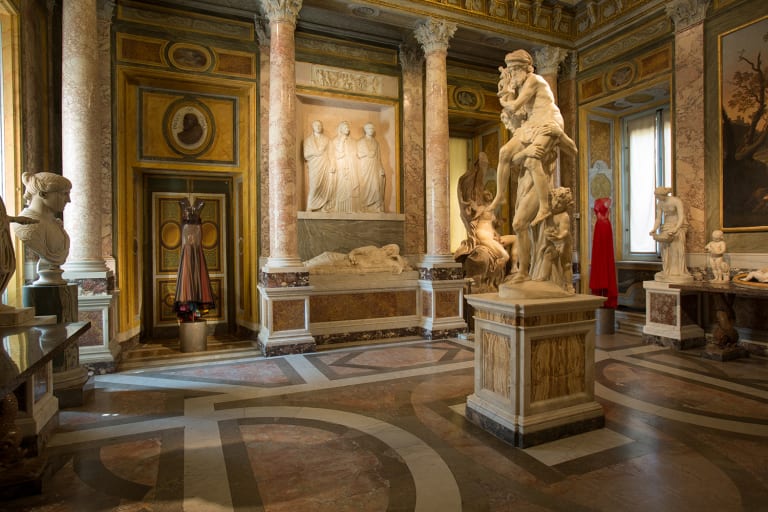
The best recommendation I can give you for visiting the Borghese Gallery is to buy your tickets well in advance of your trip so that you don't miss out on the experience and to do so online. It is the basic ticket and with it you will be able to enter the museum at a pre-booked time and without waiting. As in any other museum in the world, if you buy this ticket without queues, you can enjoy a visit to the museum at your own pace, without having to follow any specific route. However, due to the large number of visitors, I recommend being very punctual in your schedule to avoid problems with access.
This is undoubtedly one of the best things to do in Rome for the traveller who does not want to miss this marvellous collection. If this is the option that suits you best, I recommend that you find out what you are going to see before the visit, to get the most out of this unique collection in the world.
Buy tickets for the Galleria Borghese by phone
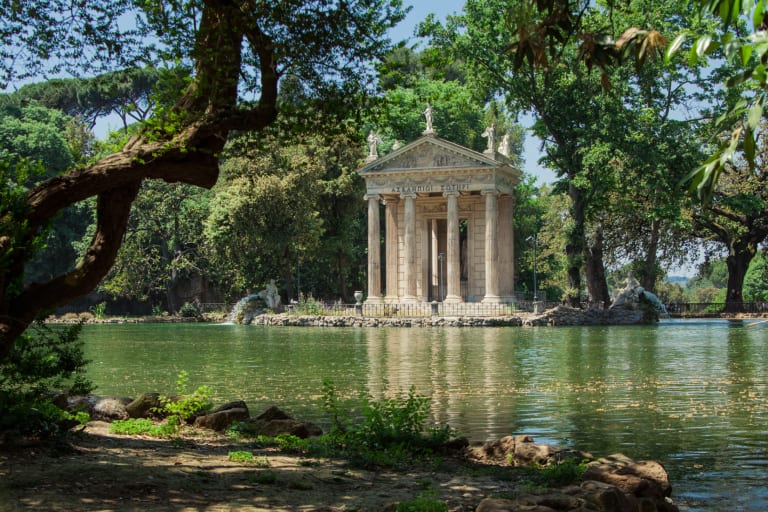
Due to the large number of tourists that the Borghese Gallery attracts, tickets to the Borghese Gallery can only be purchased in advance, by telephone or online. This is the telephone number: (0039) 06 841 3979. For me, this is not the most convenient option, because of the cost of the call and because you will not be able to compare the prices of the different types of tickets at your leisure.
Entrance to the Galleria Borghese with the Roma Pass

The visit to the Borghese Gallery is included in the Roma Pass tourist card, which includes a flat rate for access to the major attractions. With it, you will save a lot of money on individual museum tickets and a lot of time in queues.
Rome is one of the most touristic capitals in the world, so if you are going to spend several days in the city and you want to visit most of its wonders without dying trying, I recommend you to get a Roma Pass without hesitation. You can find out what it consists of and how to get it in this other article I wrote on Rome Pass.
However, remember that even if you have your Roma Pass, to visit the Borghese Gallery you are also obliged to book your entrance time in advance. To do so, the way to book is by phone on 0039 06 32 810 or by sending an email to romapass@tosc.it (reply within 48 hours).
Galleria Borghese opening hours
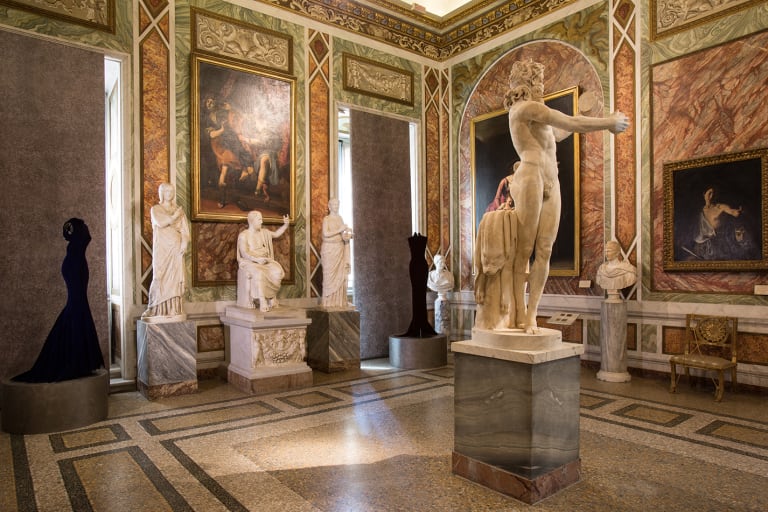
The Borghese Gallery can be visited from Tuesday to Sunday from 8.30 am to 7.30 pm. The museum is open every day of the year except Mondays, 1 January and 25 December.
Ana's traveller tip
If possible, try to avoid the most crowded days in order to be able to visit the gallery more comfortably; these are usually weekends at midday.
How to get to the Borghese Gallery?
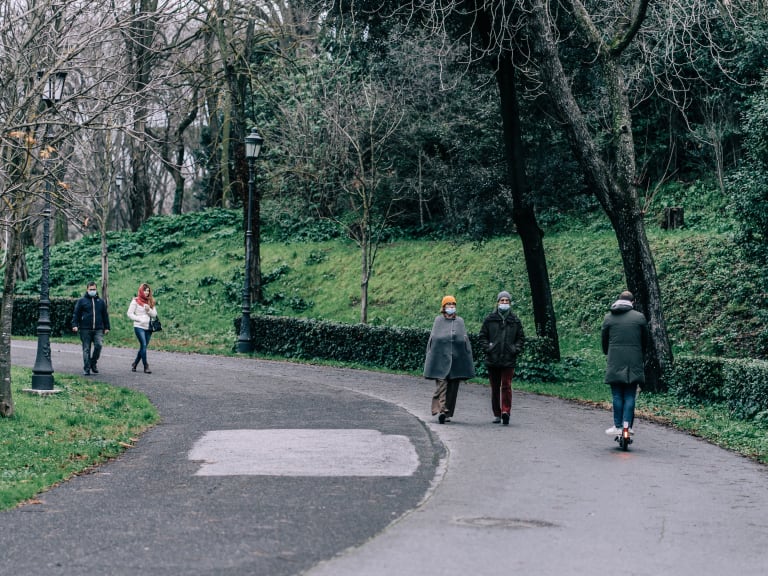
As in most of Rome, you can get to the Borghese Gallery by metro or bus, as it is a bit further away from the central core where many of the city's major attractions are located.
Metro
The nearest metro stop is Piazza di Spagna, line A.
Bus
To get there by bus there are different options, depending on where your accommodation is or where you are visiting the city at the time you leave for the Galleria:
- Bus 52 (every 15 minutes): V.Tritone, Pza.Barberini, V.Veneto.... It will drop you off outside the park, 200 metres from the entrance.
- Bus 53 (every 25 minutes): V.Tritone, Piazza Barberini, V.Veneto... You will get off at the same place as the previous one.
- Bus 95 (every 15 minutes): Bocca Verità, V.Teatro Marcelo, P.Venezia, V.Corso. It leaves you inside the park itself and 10 minutes walk from the gallery.
- Buses 86 and 116 (electric, through narrow streets, every 5-10 minutes): V. Giulia, V. dei Baullari, Corso Rinascimento, V. Zanardelli... You must get off at Porta Pinciana, more than 10 minutes from the park.
Please note that punctuality in getting to the Gallery is mandatory, so if you are using public transport to get there, please leave your hotel well in advance in case the chaotic Roman traffic delays your bus more than usual.
A little bit of history about the Borghese Gallery
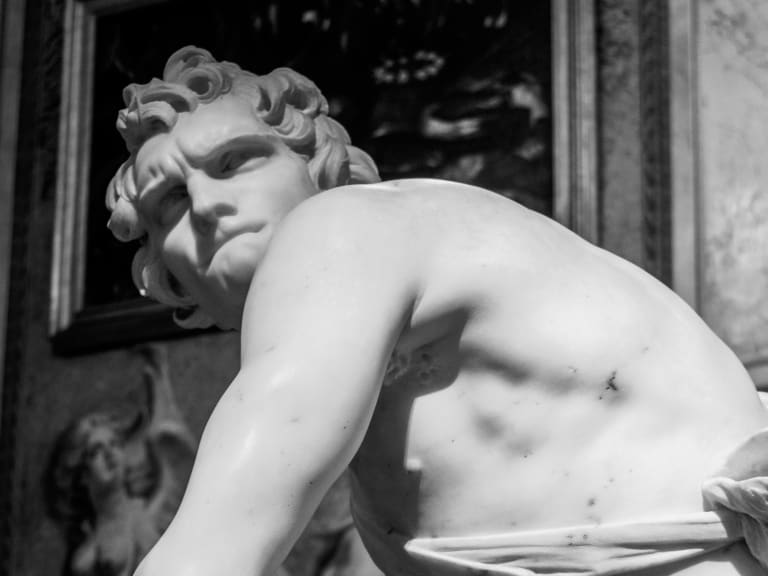
The Borghese Gallery boasts an extraordinary collection of Italian painting from the 16th-17th centuries, with works by Titian, Antonello da Messina, Bellini... It houses true gems of painting such as a 'Pietà' by Rubens, the 'Lady with a Unicorn' by Raphael and the 'Pauline Bonaparte' by Canova.
The museum
It shows rooms dedicated to the master of light and shadow, Caravaggio, with his impressive 'David with the head of Goliath' and others that house sculptures from the first period of the brilliant Bernini, such as 'Apollo and Daphne' and the 'David', as well as Roman antiquities with a 'Mosaic with gladiators', from the 4th century AD, and a 'Dancing Satyr' from the 4th century BC.
It is also a truly beautifully ornate museum, with two floors that can be toured in two hours (the maximum time allowed for each visit), and no crowds - only 360 people are allowed in at any one time. This ensures a very relaxed tour.
The gallery is a 17th century palatial building, the so-called "Casino Nobile" of this Villa, built in 1633 as a residence and exhibition space for the private collection, already famous at that time, of Cardinal Scipione Borghese, patron of Bernini, nephew of Pope Paul V and to whom the gallery and the gardens where it is located owe their name.
The building
The Borghese Gallery is, in fact, one of the first buildings in the world to be built expressly for exhibition purposes, which, compared to other modern art galleries, denotes a certain antiquity. This is despite its remodelling in 1775 under the direction of the architect Antonio Asprucci, who relocated the museum's sculptures and antiquities under a single thematic criterion.
At the end of the 18th century the building was converted into a public museum. Some time later, in 1808, the family was forced to sell some of the sculptures and antiquities to the Emperor Napoleon Bonaparte, brother-in-law of Prince Camillo Borghese, because it was impossible to maintain the legacy. As a result, some of the jewels housed in the gallery are now in the Louvre in Paris, such as the remarkable statue of the 'Borghese Gladiator'.
Ana's Traveller Tip
The Villa Borghese park is free to enter and you can enjoy it even if you don't have a ticket for the Gallery. For me, the park is a must on any trip to Rome.
What can I see around the Borghese Gallery?

Villa Borghese Gardens
In the area surrounding the Borghese Gallery there are many other points of interest that you can visit on the same day of your visit to the museum. If you have already decided to buy your ticket for the Borghese Gallery, you will pass through the magnificent Villa Borghese Gardens, which are worth a separate visit as one of the largest urban parks in Europe, where nature and art come together to create a truly dreamlike setting.
In addition to the gallery, sculptures, ponds, gazebos and groves, there is the Rome Zoo, known as Bioparco, with more than 1,000 animals of 200 different species; the Pincio Water Clock, an example of 19th century engineering that is still in full working order; and even a copy of Shakespeare's Globe Theatre in London, the Silvano Toti Globe Theatre. A real spectacle for the senses.
Santa Maria della Concezione dei Cappuccini
Very close to the area, about a kilometre away, stand two renowned churches. The Church of Santa Maria della Concezione dei Cappuccini is one of the most special in Rome for housing a crypt decorated with the bones of more than 4,000 Capuchin friars who died between 1528 and 1870 and built between 1626 and 1631 on the orders of Pope Urban VIII.
Santa Maria della Vittoria is the other basilica of interest in this area which, built in the 17th century to commemorate the victory of Emperor Ferdinand II at the Battle of Monte Blanco, will be particularly familiar to you if you have seen the film based on Dan Brown's bestseller Angels and Demons, as it serves as the setting for part of the film.
Plaza de España and other must-see streets and squares
A short distance from there you can visit another of Rome's most important landmarks, the famous Spanish Steps, built in the early 18th century to connect the square with the Church of Trinità dei Monti, which are always crowded with tourists, street performers, street vendors and Romans themselves.
A little over a kilometre away, you can enjoy another of the city's most emblematic squares, Piazza Barberini, located at the end of Via Veneto and particularly striking thanks to the two important fountains by Bernini that decorate it, the Triton and the Fountain of the Bees.
Just a short distance from the square is Palazzo Barberini, a wonderful Baroque palace which houses the National Gallery of Ancient Art, with more than 1,400 pieces by renowned artists from the 13th to the 18th centuries, including works by Titian, El Greco, Caravaggio, Tintoretto and Raphael, with his brilliant work "La Fornarina".
Guided tours through the best of Rome
If you don't want to miss any of the city's most incredible streets or squares, I recommend you take a guided tour. The number of alleys, statues, fountains and works of art that you can find on the streets of Rome can go unnoticed if you don't go with an expert to explain them to you. I wrote this guide about Top 11 Tours of Rome which can help you choose which guided tour is right for you.
If you're interested in the Borghese Gallery you'll also be interested in
Rome itself is an open-air museum, but once you've visited its main attractions, getting out of the Italian capital is also a great way to complete your trip. Around Rome there are some real wonders accessible on a day trip. In my article on 8 Best Day Trips from Rome I suggest the most interesting ones.
If you prefer to continue exploring the capital, don't hesitate to get to know Trastevere in depth, as it is one of the most picturesque and bohemian neighbourhoods in the city. I'll tell you how in this article: 14 Things to Do in the Trastevere Neighbourhood.

